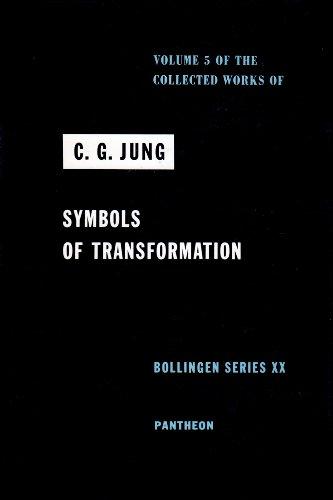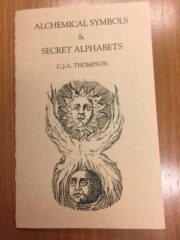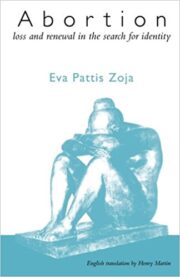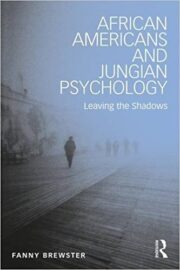Description
In 1912, at the age of thirty-seven, Jung published the original version of this work, which marked his divergence from the pscyhoanalytical school of Freud. Entitled Wandlungen und Symbole der Libido (“Transformations and Symbols of the Libido”), it was translated into English in 1916 as Psychology of the Unconscious and soon became Jung’s most widely known and influential work. In its author’s words, it is “an extended commentary on a practical analysis of the prodromal stages of schizophrenia”; furthermore, it is a complex study of symbolic parallels, drawn from religion, mythology, ethnology, art, literature, and psychiatry. In Jung’s view, libido is not primarily sexual but is identified with psychic energy as a whole, originating in the unconscious and appearing in consciousness as symbols.
Jung believed that this work, despite its comprehensiveness and wide influence, wanted revision because of the haste in which it had been written. Retirement gave him this opportunity, and in 1952 he published a completely rewritten fourth edition, newly entitled Symbole der Wandlung. The symbolic parallels were even further enriched, and Jung brought to the case the knowledge and insight he had gained in nearly forty years of practice. The allusive character of the text is enhanced by the 130 illustrations, and the “Miller fantasies,” the basis of Jung’s study, afe given in an appendix.
For the second edition bibliographical references have been brought up to date, essential corrections have been made, and the index has been revised.





